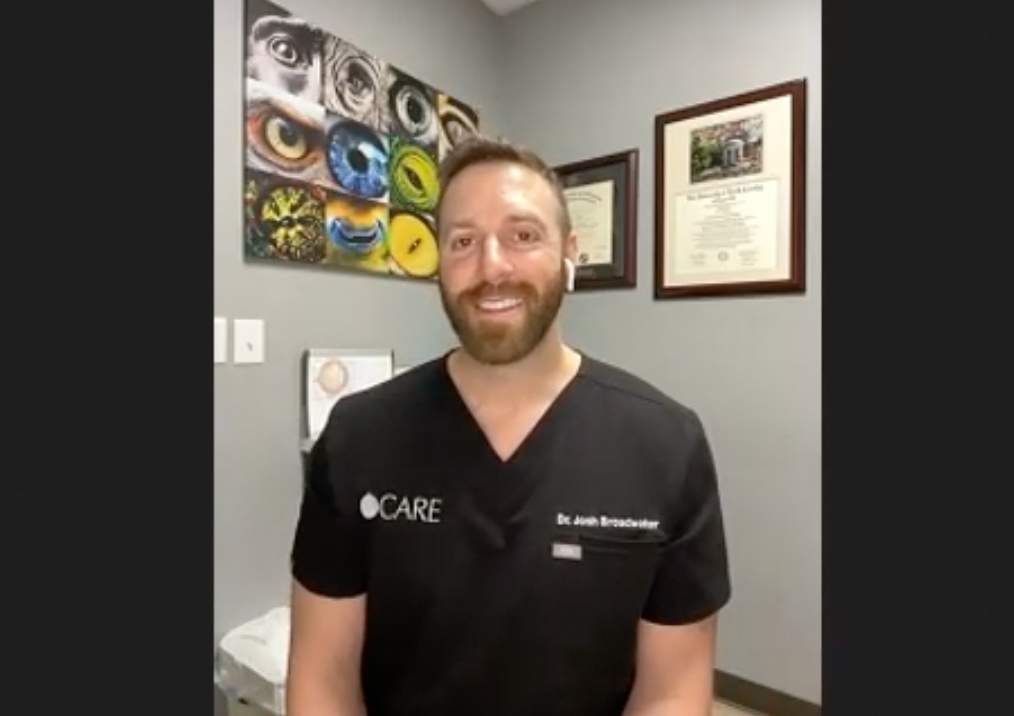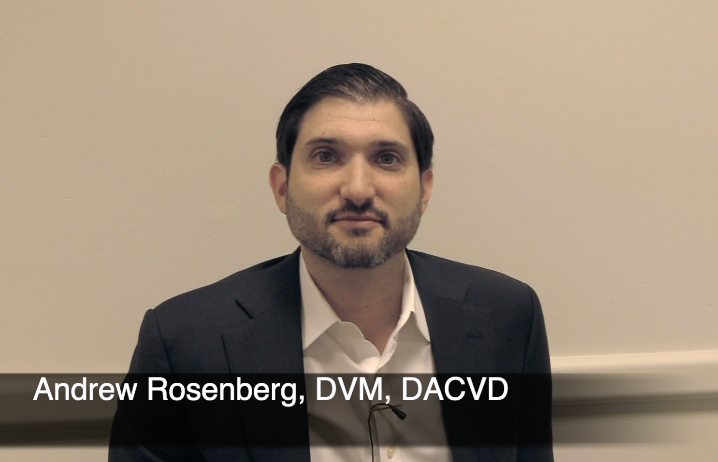Shelter-animal relocation raises infectious disease concerns
Shelters are moving hundreds of animals from place to place to avoid euthanasia, but veterinarians warn of infectious disease issues.
National Report - You could call it “The 21st Century’s great underground railroad for pets.”
Every week, hundreds of companion animals, mostly small dogs and puppies, board make-shift transport vehicles, specially equipped trucks or even private planes to journey across the country. The hope: Animals, that almost certainly would have been euthanized in overburdened shelters in the South, will find safety in “no-kill shelters” in the Northeast with the goal of eventual adoption.
This new underground railroad is staffed by passionate volunteers and supported by an ideology espoused by a burgeoning no-kill shelter movement. It is an entirely grass-roots movement, so there is no central organization and virtually no way to regulate or even track it.
It is a movement that appears to have gained significant traction from the widely publicized emergency rescue of thousands of pets from New Orleans five years ago. The ease of communicating via online forums and services like PetFinder.com has also made it possible for small groups of passionate volunteers to find each other and develop informal transport networks.
Underground in plain view
A quick Google News search (plug in “animal shelter transport”) yields dozens of recent media reports where passionate volunteers express their enthusiasm in glowing terms. Here’s a quote from a September 23 article from The Record in Hackensack, N.J., about the airlift of 168 dogs from Louisiana to Essex County, N.J.:
“‘How awesome is this? How good does this feel?'” asks Robyn Urman, who has rescued dogs for two decades. “‘It’s incredible, and we’ve rescued lives. It’s a rush, and there’s nothing better than saving a life.’”
“That great feeling is like a drug for some people,” says Martha Smith-Blackmore, a veterinarian with the Animal Rescue League of Boston and vice president of the Association of Shelter Veterinarians (ASV). Smith-Blackmore says mass shelter-animal transports are here to stay. “We have created a thirst and a hunger for puppies in the North because we’ve been so successful with our spay/neuter message. So the hard truth is, there’s just no way to stop animal transport.”
According to The Record’s report, rescue workers came from as far away as Rhode Island to pick up the pet refugees. And corporations with deeper pockets are stepping up with donations. The air services company GA America, Petmate and Subaru sponsor the group that organized this “Pilots N Paws Gulf Rescue Flyaway.”
Hard questions
Some veterinarians, even those sympathetic to the animal-sheltering community, are raising two hard-to-answer questions:
> What are the implications for the spread of infectious disease from one region of the country to another?
> What are the animal welfare considerations-both during transport and afterward? Do the senders verify that these animals actually all end up in comfortable, loving homes? Is anybody following up?
Infectious disease concerns
“I was at a party for one of these Pet Wagons,” says a concerned Arkansas veterinarian, who spoke on condition of anonymity because of his connections with the shelters in his community. “Everyone was popping corks and celebrating. But I kept thinking-there in among that crowd of 40 dogs, two or three are going to show up positive for heartworm a few months from now. Even though everyone was so happy, given the potential cost to the new pet owner, in the back of my mind I cannot think it is fair.”
A report last March from the American Heartworm Society’s Symposium in Memphis, Tenn., focused attention on growing concerns about the possible emergence of heartworm resistance in the Mississippi River Valley. (“What’s new in heartworm disease?” by Dr. Tom Nelson, DVM Newsmagazine, May 2010.)
Some veterinarians fear relocation programs could unintentionally export disease to other regions as a result of these interstate animal transports.Veterinarians in the shelter community acknowledge that concern, but point out the inevitability of disease migration in our mobile society.
“For example, consider that troops are bringing pets home from the Middle East. What health issues do they bring along?” asks Smith-Blackmore, who also points to reports of infectious disease migration from Europe and the Caribbean unrelated to shelter-animal transport. “We should definitely reduce the risk of transmitting disease as much as possible. But there’s no way to push the risk to zero.”
Dr. Susan Krebsbach, veterinary consultant for the Humane Society Veterinary Medical Association, says, “While there is no fail-safe way to ensure the health of transported animals, I like the National Federation of Humane Societies’ three-tiered Best Practice approach. The minimum requirement for animals crossing state lines is a health certificate and a physical exam by a veterinarian. It’s so important to recognize the role veterinarians must play in this. We don’t want to transport animals that are ill.”
“The issue of having proper health certificates is not unique to shelters moving animals,” points out Dr. Gail Golab, director of the AVMA’s Animal Welfare Division. “Animals are moving all the time. The fact is, you don’t see regulatory authorities at state lines looking into cars as they cross to see if animals have health certificates. And when you’re talking about individual rescue groups using volunteers to move animals across the country, now you’re dealing with largely unregulated activities.”
Golab and others noted that existing animal-health regulations-which are intended to protect the community from the spread of infectious disease—often go unenforced due to a lack of resources.
“This puts the onus back on the shelters to ensure that they are being responsible in their transport arrangements,” observes Golab. “And it also puts the onus on the individuals who want to acquire these animals. If prospective pet owners know the animal they want to adopt is going to be shipped from another state, they have a responsibility to look for organizations that provide health certificates. They should not accept animals that don’t come with them.”
Golab believes veterinarians who practice in communities that are receiving transports of shelter animals have a role to play in educating pet owners about such responsibilities.
“I would urge DVMs to be proactive and to try to ensure that their pet owners understand the concerns associated with adopting transported pets. They should encourage owners to do due diligence,” Golab says.
Animal welfare concerns
An even thornier issue is the question of ensuring animal welfare before, during and after a mass transport. The sources interviewed for this article all agreed that there was no way to stop the movement and no practical way to oversee or track it.
“I’ve been involved with the animal-rescue community for 20 years, but this phenomenon has just become a concern since Hurricane Katrina about five years ago,” says Krebsbach. “There is the potential for abuse and even animal hoarding, so we encourage sending shelters to have an ongoing partnership with the receiving shelters. We don’t want to be transporting animals to a situation that’s even worse.”
Inge Fricke, director of sheltering for the Humane Society of the United States, says it has received distressing reports of animals transferred with the best of intentions ending up in supposed “no-kill” shelters that turned out to be actually run by animal hoarders.
“We are definitely seeing an increase in our cruelty report rates due to this,” says Fricke. “It is very important to us to spread the message that it is fantastic for a sending shelter to have a wonderful outcome thanks to a transport program. But it’s equally important that they know where the animals end up. The sending shelters have to carefully screen the destinations and the type of transport being used.”
“We really advocate that shelters get to know each other well before undertaking a transport,” says Smith-Blackmore. “If you are a shelter that has found an outlet, you have got to make sure you know what happens to these animals on the other end. You’ve got to know the receiving shelter’s philosophy.”Both Krebsbach and Fricke recommend the National Federation of Humane Societies’ “Best Practices for Companion Animal Transport Programs.”
Smith-Blackmore agrees and adds that the ASV’s Shelter Standards Task Force will publish its “Guidelines for Standards of Care in Animal Shelters” in January 2011. The guidelines, which have been under development for seven years, will contain a special section on companion-animal transport.
The role of the veterinarian
The companion-animal transport phenomenon is both so widespread and full of energy and emotion, veterinarians in both sending and receiving communities may find themselves drawn into its vortex.
Because New England has been a primary target of the shelter transport movement, Maine, Rhode Island, New Hampshire, Connecticut, and Massachusetts have all enacted special measures to help regulate the movement of companion animals. Among other things, some states now require receiving shelters to hold transported animals for observation for several days before allowing them to be adopted.
AVMA’s Golab encourages veterinarians to pay attention to any proposed local and state legislation affecting animals. However, given the dearth of resources available to enforce even existing animal-welfare regulations, she sees a more effective role for DVMs as educators.
“We encourage veterinarians to be creative. Rather than working for more regulations, it might be worthwhile to think instead about what techniques can be used to educate the community,” Golab suggests.
“I would implore veterinarians to get educated and get involved,” says Smith-Blackmore. “If they’re not involved, the problems could get bigger. We can’t stop it, so we must get involved and help it happen the best way possible.”
O’Shea is a freelance journalist in Cleveland, Ohio.











